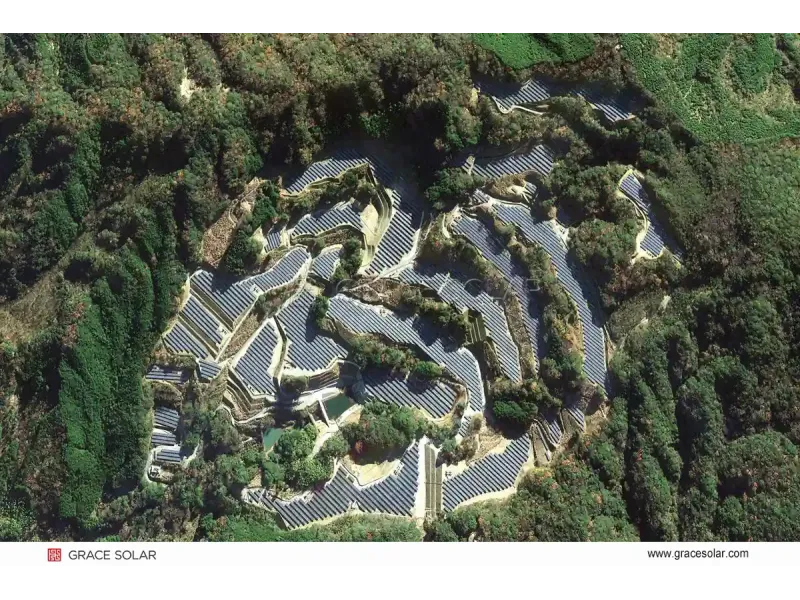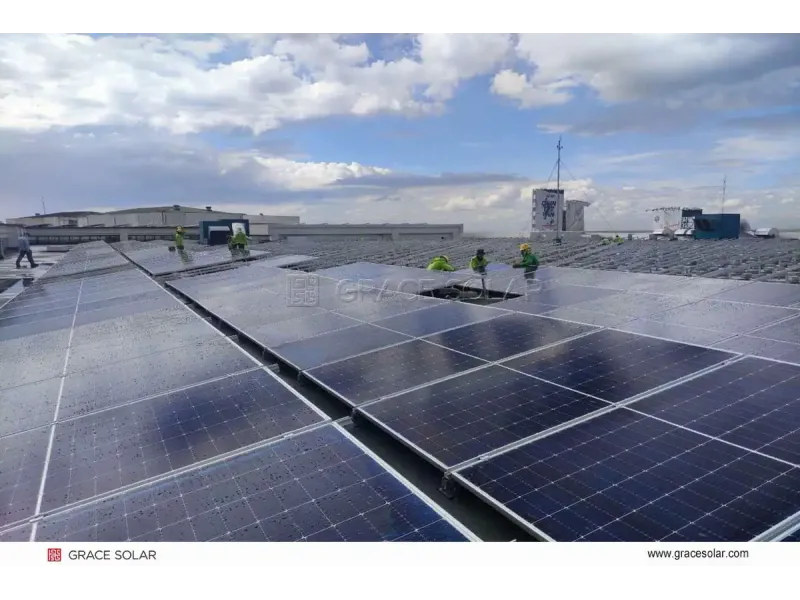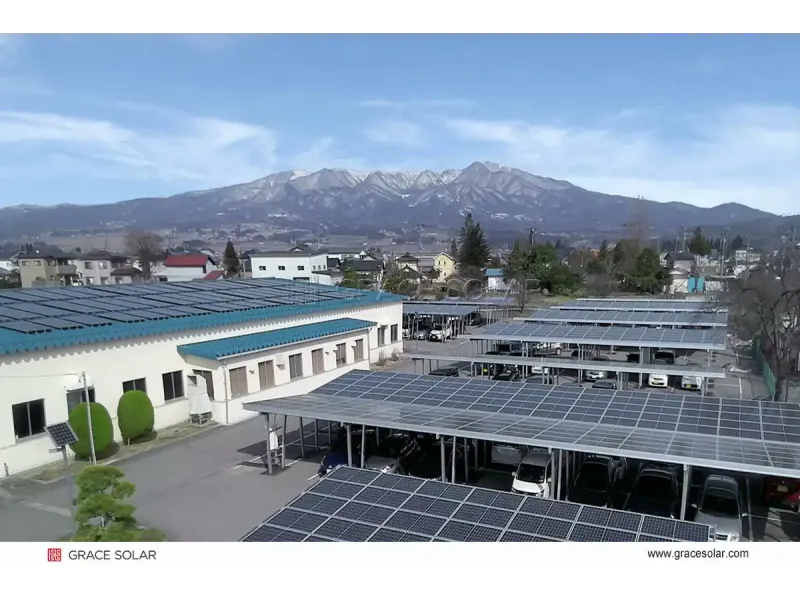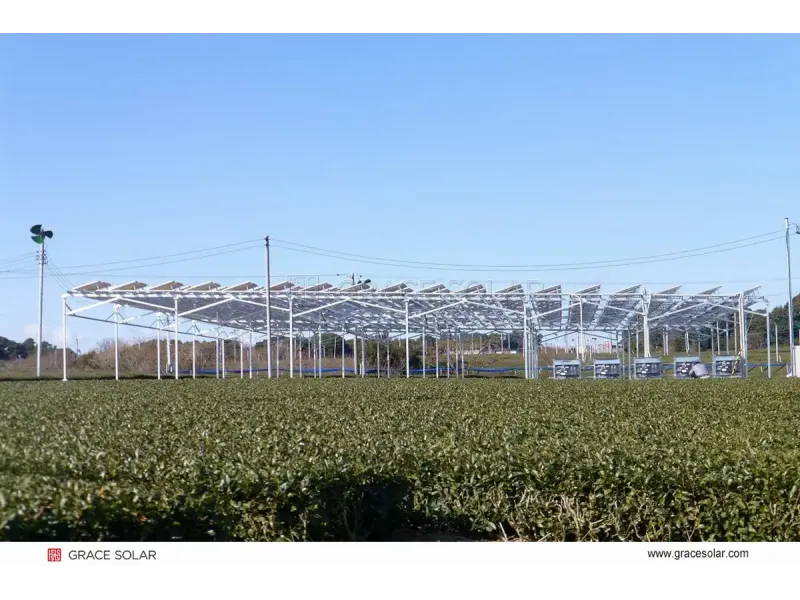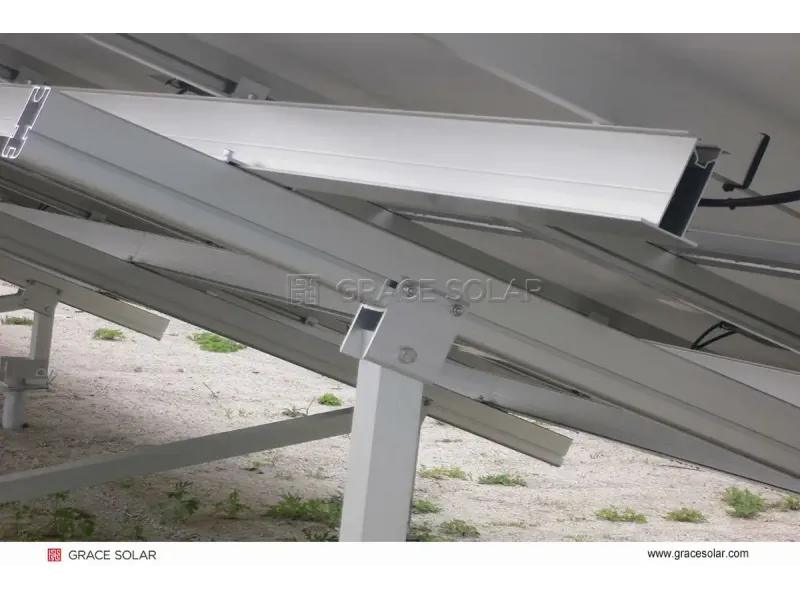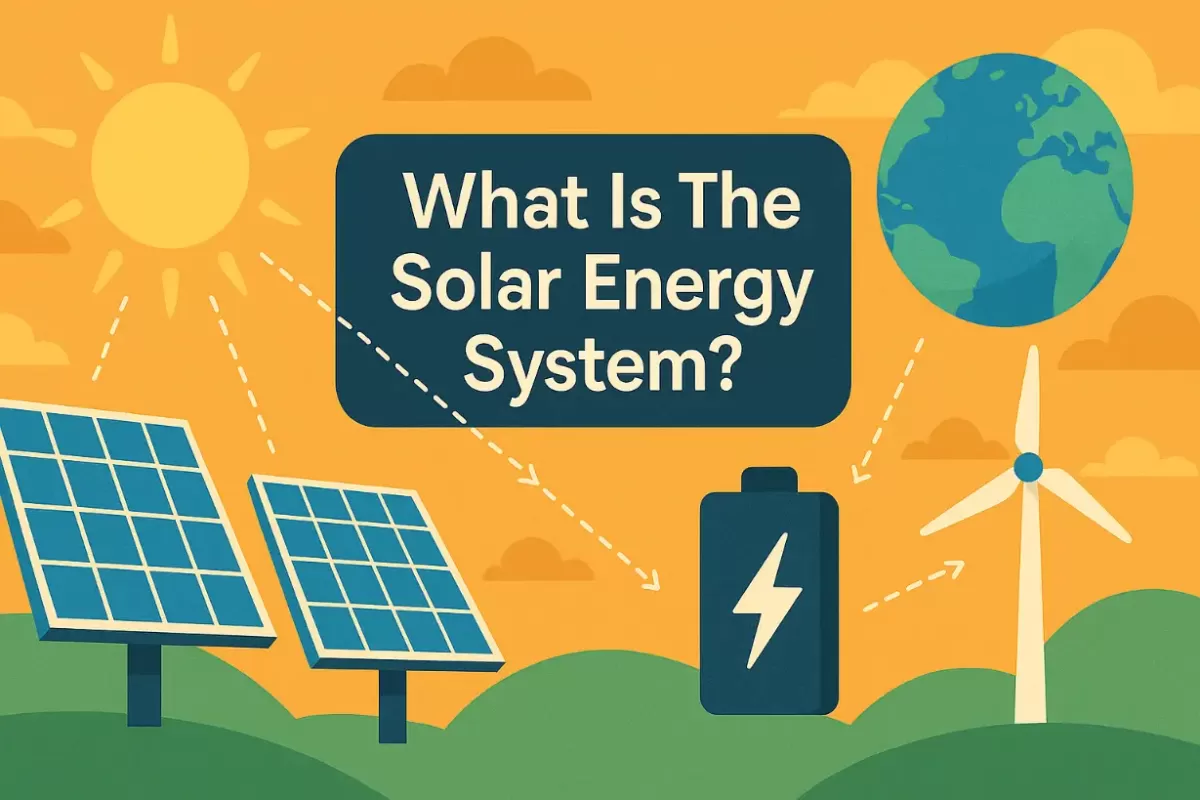
What Is a Solar Energy System?
A solar energy system harnesses sunlight and converts it into usable electricity through photovoltaic (PV) technology. These renewable power systems consist of solar panels, inverters, mounting structures, and often incorporate energy storage solutions. Unlike fossil fuel-based power sources, solar systems generate clean electricity with zero emissions while significantly reducing energy costs over their 25+ year lifespan. Modern PV systems achieve over 22% efficiency in converting sunlight into electricity through semiconductor materials like silicon.
How Solar Panels Work
Solar panels contain photovoltaic cells made of semiconductor materials. When sunlight hits these cells:
- Photons in sunlight knock electrons free from semiconductor atoms
- Electrical fields in the cells push these electrons into directional flow
- This flow of electrons creates direct current (DC) electricity
- Inverters then convert DC into alternating current (AC) for practical use
Core System Components
Every solar energy installation contains these essential elements:
- Solar Panels: Convert sunlight to DC electricity
- Inverters: Transform DC to AC power for devices
- Mounting Structures: Secure panels to surfaces
- Monitoring Systems: Track performance metrics
- Trackers (Advanced): Position panels optimally
Maximizing Output with Solar Tracking Systems
Fixed-tilt solar installations lose up to 25% of potential energy by not following the sun's daily arc. Solar tracking systems solve this by automatically adjusting panel orientation throughout the day. These intelligent solutions increase energy production by 25-35% compared to fixed installations while maximizing land use efficiency in utility-scale solar farms. For comprehensive system installation services, explore our solar EPC solutions.
Single Axis Solar Tracking
Single axis solar trackers rotate panels along one axis, following the sun's daily east-to-west movement. These systems feature:
- Adaptability to terrains with 20% slope gradients
- Low-profile design minimizing wind resistance
- AI-powered controllers boosting output by 6-8%
- ±60° tracking range with sub-2° precision
- Rapid flat-positioning during severe weather
Perfect for large-scale solar plants and irregular terrains, discover our high-performance single axis tracker systems engineered for diverse conditions.
Dual Axis Solar Tracking
Dual axis solar trackers maximize energy harvest by adjusting on both horizontal and vertical axes. Key advantages include:
- Multi-point drive increasing structural rigidity by 20%
- Terrain adaptability with up to 15% slope tolerance
- AI algorithms optimizing positioning based on cloud patterns
- Specialized designs for high-efficiency bifacial modules
- Weather-adaptive tracking strategies
Our advanced dual axis solar trackers deliver maximum yields for premium projects requiring peak performance.
Smart Technology Integration in Modern Trackers
AI-Optimized Control Systems
Sophisticated controllers maximize energy yield through:
- Cloud movement prediction via satellite mapping
- Machine learning algorithms refining positioning patterns
- GPS + tilt sensor hybrid control (<2° accuracy)
- Automatic storm protection protocols
- Remote firmware updates for performance enhancement
Experience these innovations in our advanced automatic tracking systems.
Advanced Power Management
Next-generation energy optimization includes:
- Multi-stage MPPT technology
- Dynamic voltage adjustment for changing conditions
- Per-module performance monitoring
- String-level optimization for partial shading
- Predictive maintenance algorithms
Implement cutting-edge power management with our MPPT photovoltaic trackers.
Applications Across Diverse Environments
Utility-Scale Power Plants
Tracking systems significantly reduce LCOE (Levelized Cost of Energy) in large installations:
- 30% higher energy yield vs fixed-tilt installations
- Optimized land usage through terrain adaptability
- Automated O&M reducing operational costs
Agricultural Photovoltaics
Smart tracking enhances dual-use farming solutions:
- Crop-compatible designs with optimal sunlight sharing
- Height-adjustable structures accommodating farm equipment
- Rainwater harvesting integration
Floating Solar Installations
Specialized trackers for water-based applications:
- Corrosion-resistant marine-grade materials
- Wave-movement compensation technology
- Water-cooling efficiency enhancement
The Future of Solar Energy Systems
Solar tracking represents the next evolution in renewable energy technology. As innovations emerge, we're seeing:
- Integrated storage creating true 24/7 solar power plants
- Bifacial modules + tracking yielding 40% more energy
- AI neural networks predicting optimal positioning
- Autonomous cleaning drones for maintenance
- Blockchain-enabled peer-to-peer energy trading
Explore our complete range of advanced solar tracking solutions for tomorrow's energy needs.

